
4 Areas of Your Salesforce+AI Process Architecture
Learn the key concepts and understand the process for integrating Salesforce and AI from an architecture point of view.

What?
This is a plain English “how-to” on using RAG (Retrieval Augmented Generation) to enhance your Salesforce support and sales processes.
Who?
Salesforce admins, architects, business leaders, and anyone who wants to use the capabilities of RAG with their Salesforce AI initiatives.
Why?
To give Sales/Service the insights hidden in your Salesforce, Website, Knowledge Base, and External data.
What can you do with it?
You can bring unstructured and external data to give more context to your AI Models and help support and sales reps get relevant responses.
RAG, which stands for Retrieval Augmented Generation, is an AI technology that can help you get more accurate, better, and contextual responses from your AI Models.
Many people have discussed RAG’s effectiveness, search capabilities, and practicality in real-life production scenarios.
Explore why it matters for your Salesforce implementation and address some key considerations.
Support is broken
Customers facing issues must go through Knowledge Bases, Articles, Chatbots, and other resources to find answers. It can be frustrating, especially when trying to solve serious problems.
Your valuable knowledge is inside the Salesforce articles and non-Salesforce content like PDFs and websites. RAG aims to fix this fundamental problem.
RAG models work with Large AI language models (LLMs) to make AI smarter about your products, services, processes, and support. Leading AI providers like AWS, Azure, GCP, and OpenAI all offer RAG solutions.
The magic happens when you combine RAG with an AI solution for Salesforce like GPTfy. GPTfy integrates with AI LLMs and RAGs to run inside your Salesforce org.
It allows your org to intelligently route cases to the right teams and even suggest case resolutions by understanding the products, services, and topics each case is related to.
It's like an AI-powered case routing and resolution engine.
One of the most overlooked aspects of RAG implementation is whether your content is ready to be “RAG’d. ” It’s crucial to:
Traditionally, RAGs have used vector search. However, the latest approach uses hybrid search, combining vector search with regular search. This hybrid approach helps to:
Successful RAG implementation requires finding the right balance between:
Vector databases are crucial for RAG implementation. Salesforce’s Data Cloud Vector Database combines structured and unstructured data into vector embeddings, making it easier for AI systems to process and respond to queries.
With GPTfy, you can connect with all the prominent RAG providers, who can help you get accurate responses from all the data sources.
Here’s how you can use RAG with GPTfy:
For example, a large university needs help promptly and accurately answering the high volume of student, faculty, and staff inquiries.
The university’s knowledge base was extensive, but it was spread across various platforms and formats, making it difficult for users to find the needed information.
To address this challenge, the university implemented a RAG-powered Einstein Chatbot. By integrating RAG with their Salesforce org, the university was able to:
As a result, the university saw a significant reduction in support staff workload and improved satisfaction among students, faculty, and staff who could get quick and accurate answers to their questions.
While RAG offers significant benefits, there are some potential challenges to consider:
Compatible with Pro, Enterprise & Unlimited editions. Save on licensing costs.
As RAG technology evolves, we can expect more advanced models, better integration with AI, wider industry adoption, and user-friendly tools. Enhanced hybrid search and content optimization will further improve RAG’s effectiveness.
RAG is an AI technology for Salesforce that uses structured and unstructured data to improve customer support and sales processes.
While it requires upfront effort, the long-term benefits are significant. As AI evolves, RAG’s value will grow. Adopting it now positions companies for future success.
Explore RAG today to unlock data potential, improve support, and drive growth.

Saurabh is an Enterprise Architect and seasoned entrepreneur spearheading a Salesforce security and AI startup, with inventive contributions recognized by a patent.

Learn the key concepts and understand the process for integrating Salesforce and AI from an architecture point of view.
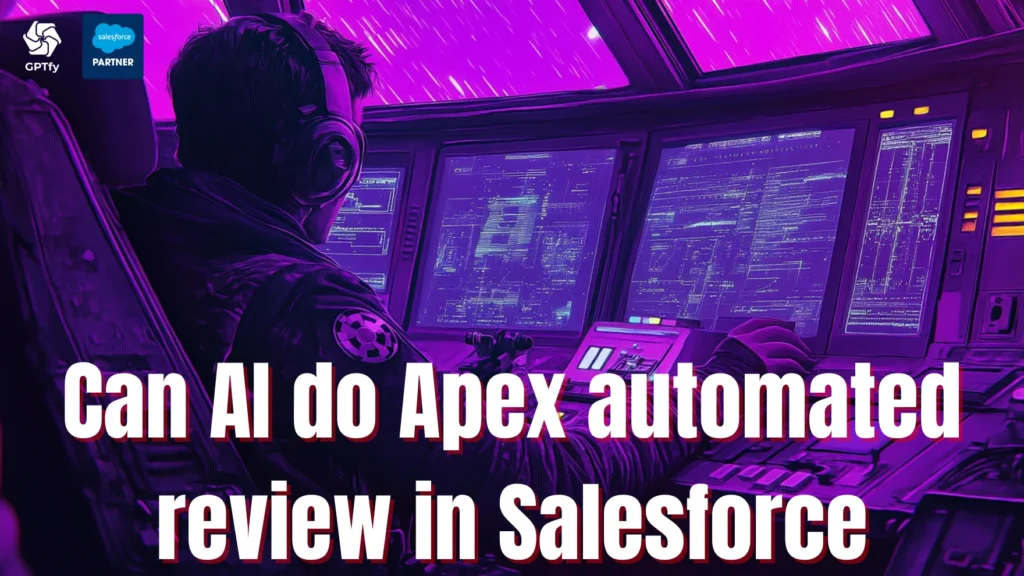
Learn how AI can do Apex Code Reviews in Salesforce
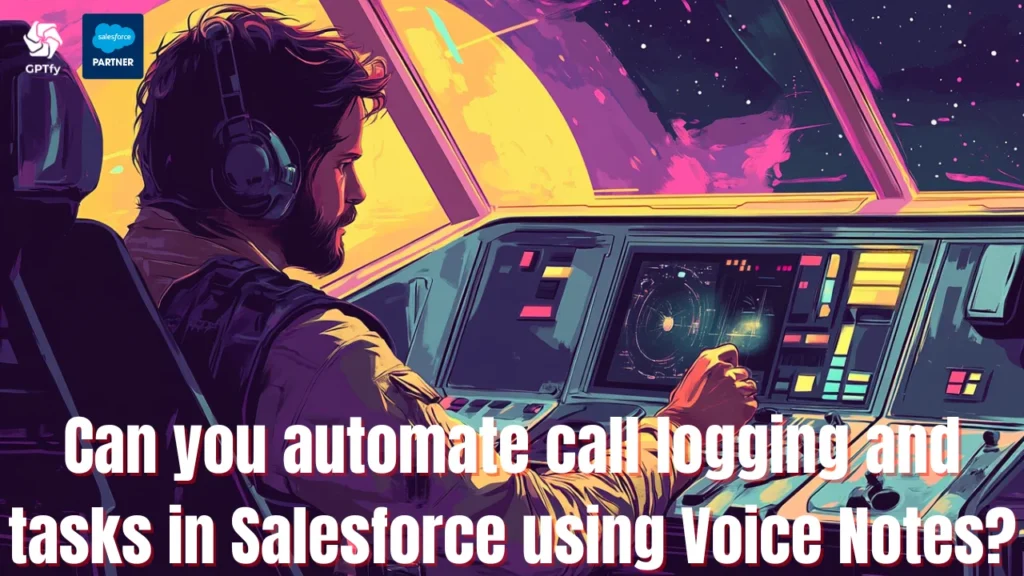
See how you can record notes and automate task creation in Salesforce

See which AI models is best when it comes to Apex Code Review in Salesforce

55% of reps in any organization use generative AI without permission

Securely utilizing AI for your Salesforce Org

Find out how you can improve your business with AI in Salesforce.

See how AI can improve your Email 2 Case in Salesforce
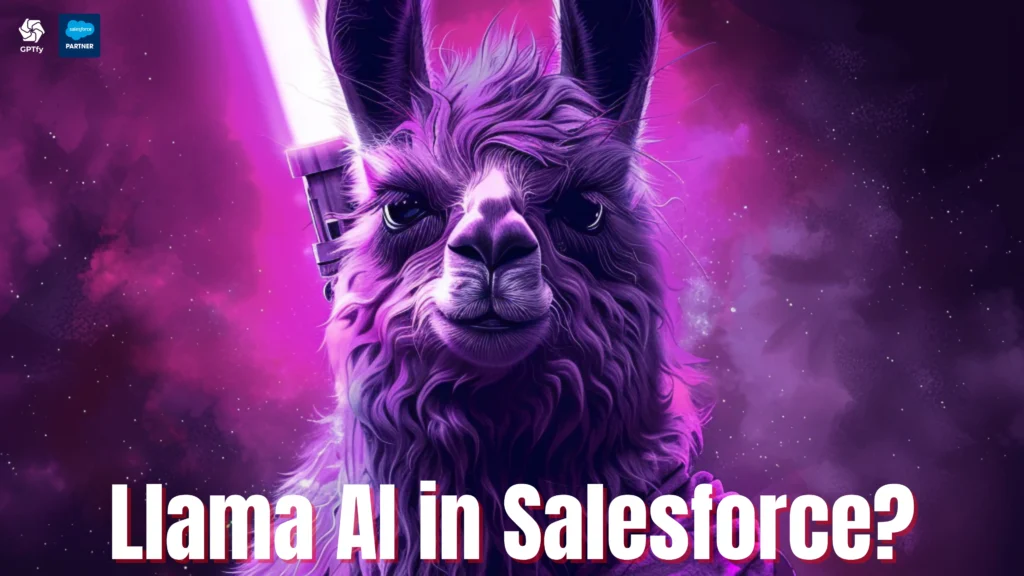
Connect Llama, Meta’s Open-source AI model, to your Salesforce with GPTfy
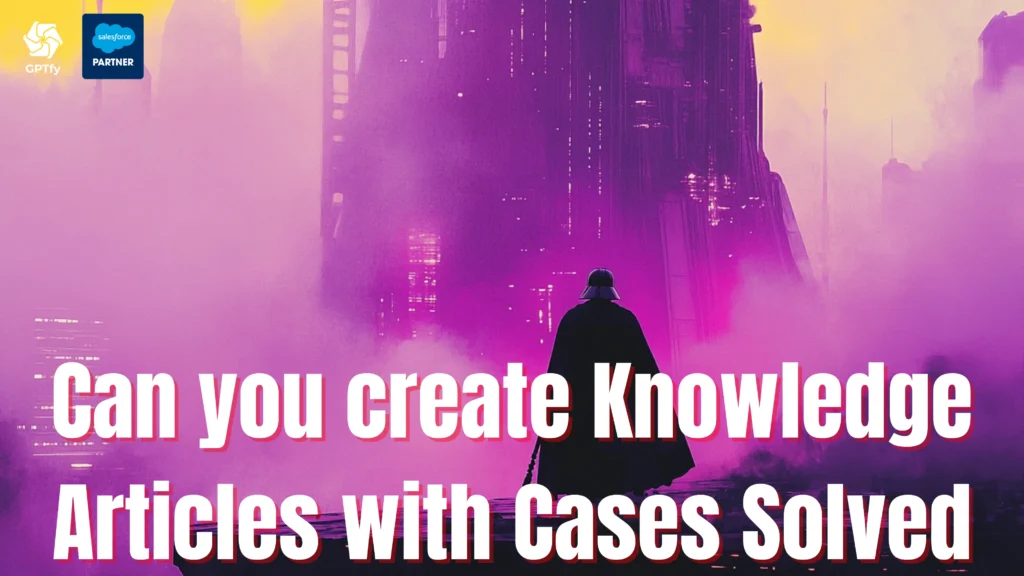
See how AI can create Knowledge Articles from Cases Solved in Salesforce
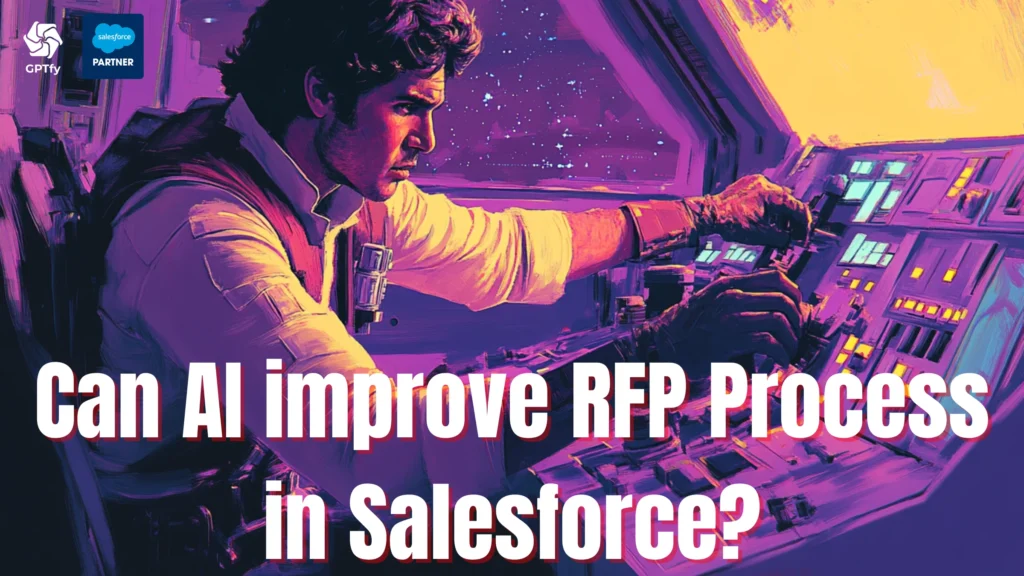
See how AI can improve your RFP Process with AI in Salesforce
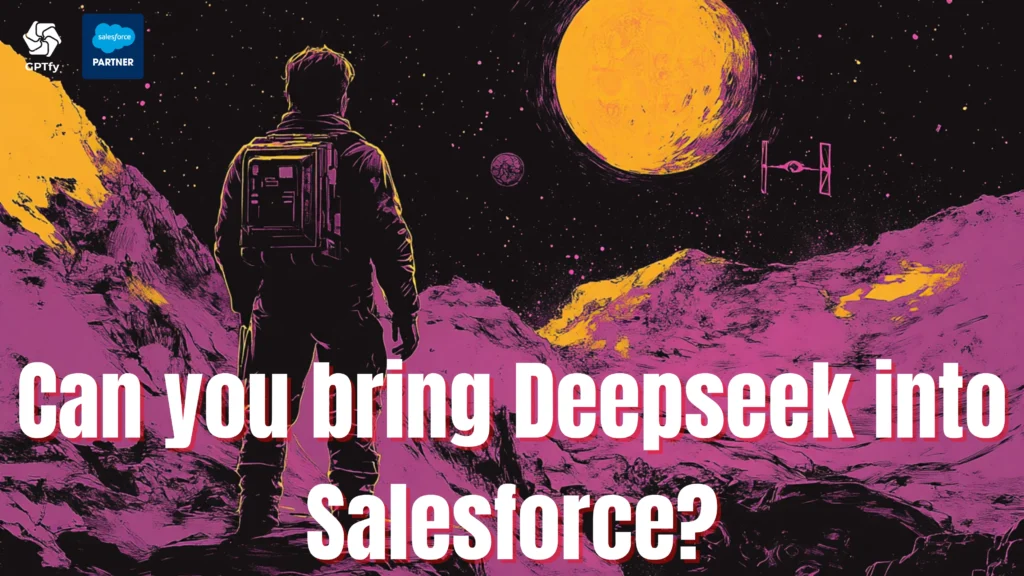
Learn how AI can do Apex Code Reviews in Salesforce